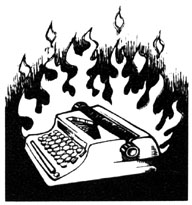
The Independent offers a clear-eyed view of the situation in the notorious Port-au-Prince shantytown.
"We don't have doctors, we don't have food, we don't have water," said Louis Jean Jaris, a 29-year-old resident. "The aid comes to Haiti, but it goes elsewhere. In Cité Soleil we are all victims, just like everyone else, but compared to the rest of the country, we are a low priority. To the people in power, we are not considered to be victims."One significant thing the article doesn't say: whether Cité Soleil experienced much destruction due to the quake. There's no doubt that the people there are victims, just like everyone else, but I wonder if the smaller-scale structures of the squatter community were extensively damaged.
Black Hawk helicopters were thundering overhead yesterday, taking aid from the airport to desperate survivors. But the shanty town does not have an official food aid distribution post, and only one small water truck was to be found on the streets, surrounded by a fractious crowd.
Small amounts of supplies are of course available, to those who have money. But Cité Soleil's biggest employer, a garment factory, has yet to reopen, and most locals are instead forced to walk miles into central Port-au-Prince in search of handouts. So far, the dysfunctional international aid effort means they are very lucky to find any.




2 comments:
It's so sad to see whats going on in Haiti. The reality for most Haitians is that they have been enduring this type of living conditions for most of their lives.
Maybe out of this unfortunate act of mother nature, the world will try to help this impoverished country.
I'd be interested in your comments and ideas about how new, people-centred urban areas might be built with the aid money coming into Haiti. How can the urban poor direct projects and have them meet their needs, not some development expert? I write about similar issues, (including a 1986 visit to Cite Soleil,) on my blog, The Global Kiosk.
Post a Comment